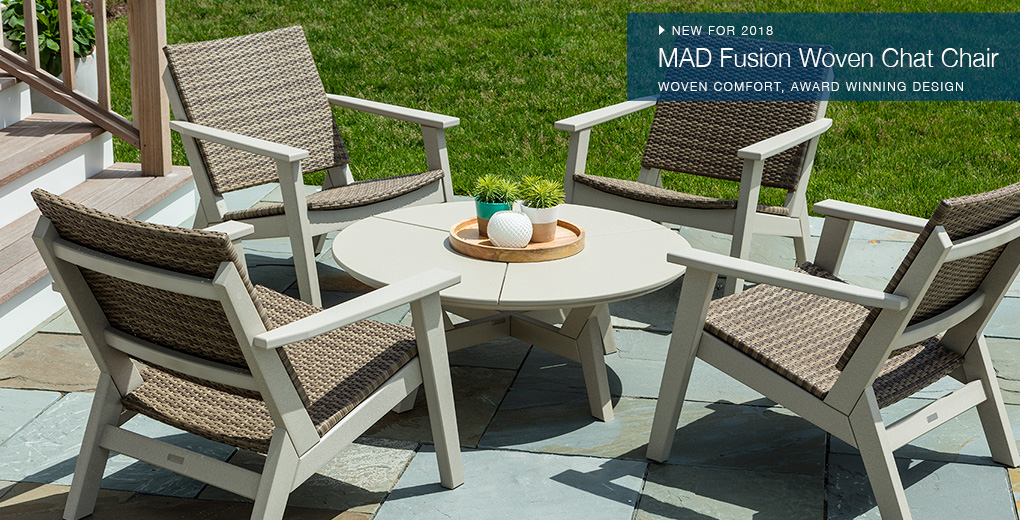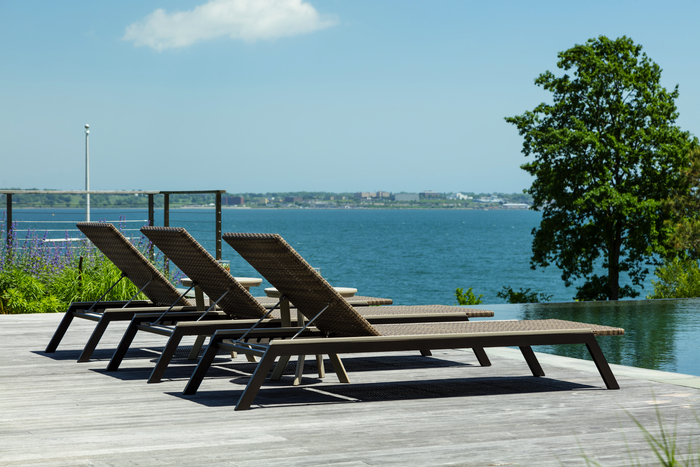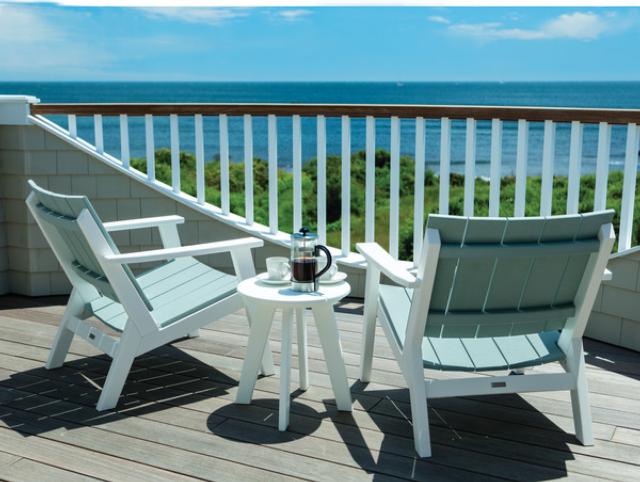Operational features deserve careful consideration for shared use. Opening mechanisms should balance ease of use with durability – pulley systems offer simplicity and reliability, while crank systems provide easier operation for larger models. Wind release vents reduce uplift in breezy conditions. Some models include locking features to prevent unauthorized adjustment or removal by residents or visitors.
Market umbrellas with teak frames represent the classic design most commonly associated with this material. These typically feature an octagonal or round canopy supported by eight ribs and a central pole, often with a pulley or crank system for opening. The teak components provide both structural support and visual warmth, making these popular for restaurant patios and garden settings.
As society becomes increasingly aware of environmental issues, Windward Umbrellas are made with sustainability in mind. The materials selected for production Grosfillex Furniture Wholesale and Retail often include recycled components, showcasing a commitment to reducing waste and environmental impact. By choosing Windward Umbrellas, consumers can feel confident that they are supporting a brand that values ecological responsibility while still delivering high-quality products.
Offset umbrellas stand out as a shade solution for several compelling reasons. Understanding these properties helps explain why manufacturers and consumers increasingly choose this option over traditional designs.


Exploring the various applications of Aluminum umbrellas reveals their versatility. They are not only suitable for personal use but are also frequently employed in commercial settings. Businesses often utilize them for promotional purposes, showcasing logos and branding on the umbrella fabric. This dual functionality highlights the potential for Aluminum umbrellas to serve both practical and marketing needs, making them a valuable asset for companies looking to enhance their visibility.

Glass fibers, thinner than human hair, are created by melting glass and forcing it through small openings. These fibers are then bundled together and combined with a polymer resin, typically polyester or epoxy. The resulting composite material is shaped into rods that will form the ribs and shaft of the umbrella.
In addition to their practical benefits, offset umbrellas are an environmentally friendly choice. Many manufacturers are now focusing on sustainable production methods, ensuring that the materials used are sourced responsibly. Offset umbrellas often utilize fabrics that are designed to be UV-resistant and environmentally friendly, which helps protect natural habitats and promote conservation efforts. This commitment to sustainability resonates with environmentally-conscious consumers who seek products that align with their values, making offset umbrellas an appealing option for those who prioritize eco-friendliness.